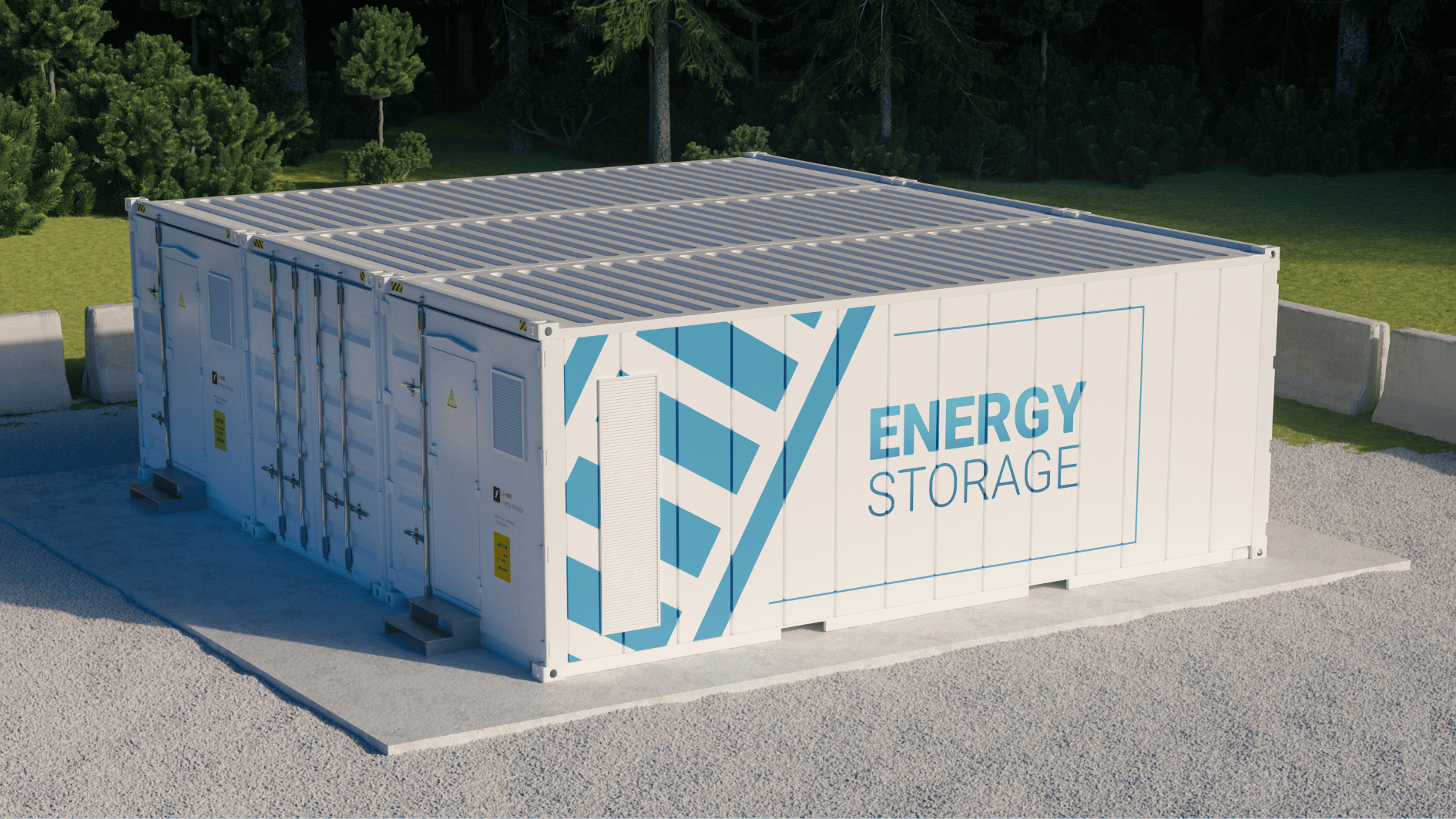Image source: Canva.com
Ever wonder how to keep the lights on when the grid goes down? Let’s talk islanding and battery backups – two game-changers for energy security.
Islanding
Imagine your solar system saying, “I’ve got this!” It keeps your home running during a power outage without relying on the grid.
Battery Backups
Think of these as your energy piggy bank – storing extra solar power to use when the sun’s off-duty.
Why does this matter? Because these tools make your solar setup more reliable, resilient, and ready for anything.
Curious how to make these work for you? Dive into our guide to discover the benefits and tips for integrating them into your energy plan!
How Islanding Works: A Simple Breakdown
At its core, islanding allows your solar system to act as a mini power station, keeping your home or business running even when the grid fails. Here’s how it works step-by-step:
Grid Outage Detection
When the grid goes down, advanced inverters detect the disruption and immediately switch the system to island mode.
Power Flow Management
The inverter ensures the electricity generated by your solar panels flows only to your home, isolating it from the grid for safety.
Battery Support
Batteries kick in to supply power when the sun isn’t shining, using stored energy to keep your lights, appliances, and critical systems running.
Why Islanding Is a Game-Changer
Solar energy systems with islanding and battery backup capabilities ensure uninterrupted power during outages, keeping your home comfortable and safe. They give you energy independence, reducing your reliance on the grid by allowing you to generate and store your own power. Plus, they provide essential resilience in emergencies, ensuring critical systems like refrigerators, medical equipment, and communication devices remain operational when you need them most.
Not all solar systems are designed for islanding. To enable this feature, you’ll need:
Advanced Inverters
These detect grid disruptions and manage the switch to island mode seamlessly.
Battery Storage
Essential for storing excess solar energy to power your home when sunlight isn’t available.
Compatible Systems
If your solar setup doesn’t support islanding, consider upgrading with the necessary components.
Is Islanding Right for You?
If energy resilience, independence, and peace of mind are your goals, islanding is worth considering. Whether you’re preparing for emergencies or simply seeking greater control over your energy use, islanding ensures that your solar system works for you – even when the grid doesn’t.
Take charge of your energy future today by exploring how islanding and battery storage can transform your solar setup into a reliable, self-sufficient power source.
Why Solar Panel Systems Don’t Automatically Island

If you’re wondering why your solar panels can’t keep your lights on during a blackout, the answer lies in safety protocols. By default, most solar systems shut down during a power outage – even if your panels are actively generating electricity. This is a built-in safety feature to protect the grid, utility workers, and your equipment.
The Safety Reason Behind It
The key concern is something called backfeeding:
- When a solar system continues sending electricity to the grid during an outage, it creates a risk for utility workers who may be repairing power lines.
- Backfeeding can also damage the electrical grid and connected systems when the power comes back online.
To avoid these risks, standard solar systems are designed to disconnect automatically when the grid goes down.
Why Knowing This Matters
If your current solar setup doesn’t have islanding capabilities, you’re not alone—most systems aren’t equipped for this by default. Understanding this limitation is the first step to evaluating whether you need an upgrade.
For Homes
Want to keep essential appliances running during outages? Explore adding battery storage and an island-capable inverter.
For Businesses
Looking for uninterrupted operations? Consult with a solar professional to design a system that meets your resilience needs.
Next Steps for Islanding Capabilities
Assess Your Current System
- Does your system have an inverter with islanding capabilities?
- Are batteries part of your setup?
Consult a Professional
- Solar installers and energy experts can evaluate your system and recommend the necessary upgrades.
Invest in Resilience
- Adding islanding capabilities enhances not only your energy independence but also your preparedness for emergencies.
By understanding why solar systems don’t automatically island and how to enable this feature, you can make informed decisions to enhance the reliability and resilience of your energy setup.
Key Use Cases for Islanding in Solar Power Systems
Islanding in solar power systems offers several key use cases that can enhance energy reliability and resilience. Here are some of the primary scenarios where islanding proves beneficial:

Emergency Power Supply
Islanding allows solar systems to continue supplying power during grid outages, ensuring that essential appliances and devices remain operational. This is particularly valuable in regions prone to frequent power interruptions or natural disasters.
Critical Infrastructure
For facilities that provide critical services, such as hospitals, emergency services, or data centers, islanding ensures uninterrupted power supply, safeguarding operations even when the grid is down.
Remote Locations
In remote or off-grid locations where connecting to the main grid is impractical or cost-prohibitive, islanding enables solar systems to function independently, providing a reliable source of electricity.
Energy Independence
Homeowners and businesses seeking greater energy independence can benefit from islanding, as it reduces reliance on the grid and enhances self-sufficiency by utilizing stored solar energy during outages.
Cost Savings
In some cases, islanding can help avoid costs associated with power outages, such as purchasing backup generators or incurring losses due to downtime.
Grid Support
During times of high demand or grid instability, islanding can help balance the load by utilizing stored solar energy, contributing to overall grid stability.






